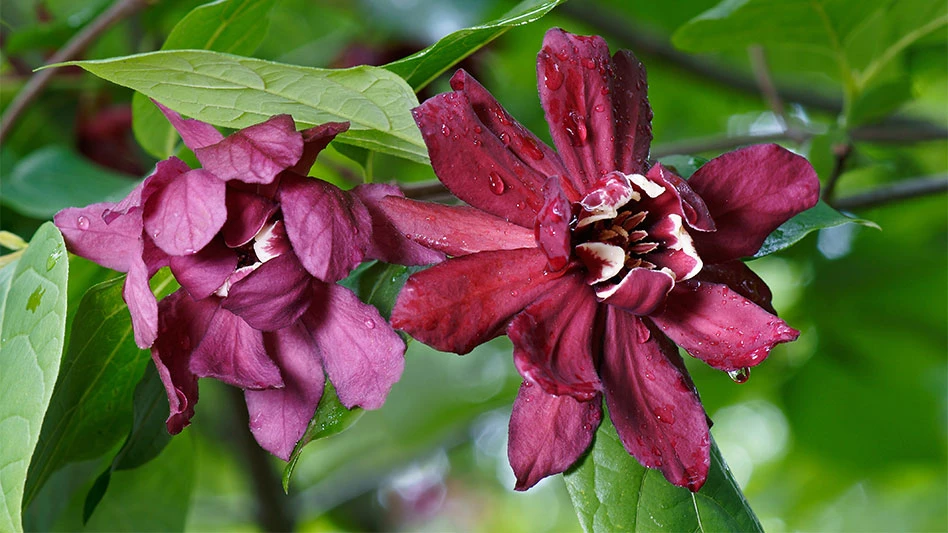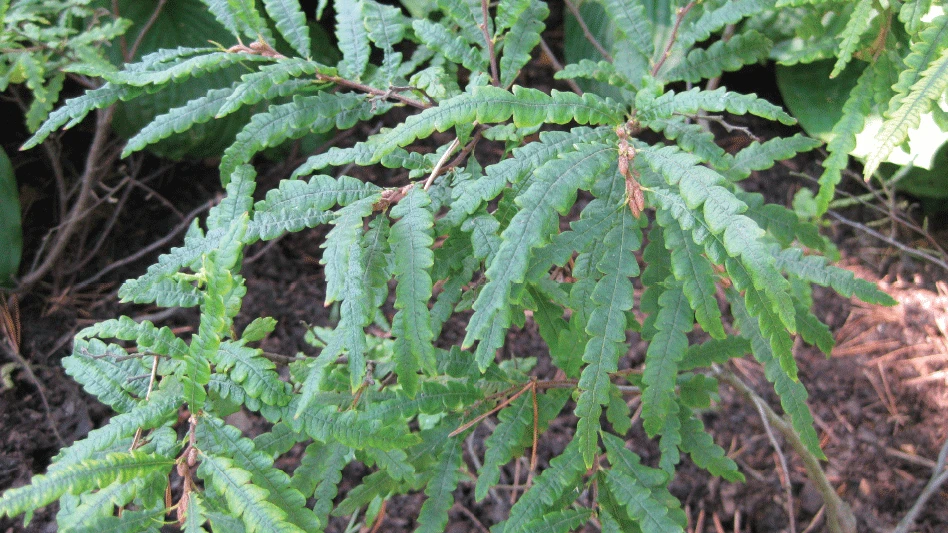 The ancient Mayans predicted apocalypse in 2012. While most nursery growers have seen better days, most have less dire forecasts for this upcoming spring.
The ancient Mayans predicted apocalypse in 2012. While most nursery growers have seen better days, most have less dire forecasts for this upcoming spring.
The industry most definitely won't see a huge upswing in sales in 2012, but most predict slow, steady growth. This is a positive sign for the nursery business, which has seen declining overall sales since roughly 2008.
That timing coincided with a decline in commercial construction and new houses. The continued lack of commercial and new home building is exactly what's keeping the industry from reaching the sales highs it hit in the early 2000s.
Dan Nelson, president of Hans Nelson & Sons in Boring, Ore., said he has seen the nursery business adapt to the new marketplace.
 "People are readjusting to reality, and to what the future is going to be," Nelson said. "Everyone realizes that things in the futures aren't going to turn around as quickly as we'd hope. It's just going to take time."
"People are readjusting to reality, and to what the future is going to be," Nelson said. "Everyone realizes that things in the futures aren't going to turn around as quickly as we'd hope. It's just going to take time."
His company grows field- and container-grown material on 180 acres and ships the bulk of its product to other states. Nelson has had to adapt what he's growing in response to current demand.
"We're growing more hard-to-transplant things, and producing them in containers. But there's definitely a learning curve. Just because you can grow something in the ground doesn't mean you can grow it in a pot," he said.
Nelson has seen demand for ash trees crash in the wake of the emerald ash borer, and Norway maple demand fall after it was declared invasive. There are still price wars for balled-and-burlapped stock, as growers are still trying to move old inventory.
"That's been going on for a while. You'd think that would have run its course by now," Nelson said.
And altering how much your nursery grows is as important as controlling what it grows.
"People are going to have to adapt and realize we're going to have to be smaller nurseries going forward," Nelson said. "And we're not going to grow the same things we grew 10 years ago. If you're not adapting, then you have a different perspective on things than I do."
He hopes for more optimism nationwide in 2012 and beyond.
"After the election in 2012, hopefully things will change. Our country has lost a lot of jobs, but nobody in government wants to do anything about it beyond extending unemployment benefits. Nobody's doing anything to create jobs," Nelson said.
 2-inch is moving
2-inch is moving
Regarding trees, there is a somewhat lack of inventory with 2-inch trees, said Jay Daley, general manager of Sunleaf Nursery in Madison, Ohio.
"Two-inch is not nearly as readily available as it was a few years ago, but that was predictable. Two or three years ago people weren't planting at nearly the pace they were five years ago.
"The downside is that there just isn't a reliable demand. If there were any type of demand at all, I'd be out of 2s right now, and our 2½s would be nearly gone," Daley said.
As a whole, orders for spring are coming in later than normal, Daley said. However, buyers are more optimistic than they were a year ago. One thing that has helped was mild weather through fall 2011 in the Northeast.
"With the nice weather, the landscapers were able to keep working later than normal. So wholesale distributors were able to clean out their stock and they're carrying over fewer trees through winter," Daley said.
He plans to sell the same number of trees as last year, but at slightly higher prices.
"On average, we should have prices up 3-5 percent," Daley said. "We need the price up around 15 percent, but that's the progress we see happening."
Rather than focusing on new customers or new territories, Sunleaf is focusing on better serving existing customers.
"We're seeing buyers drawing back and relying more on their core suppliers – the ones they've trusted for years and years," Daley said.
But Sunleaf has adopted a philosophy for 2012 that most nurseries could follow.
"We're beyond the point where we're saying, 'Poor us,'" Daley said. "We're looking at how we can get this done and be successful. We're not looking back. We're going forward."
Some markets remain strong
Dale Amerson, owner of Amerson Nursery Sales in Granbury, Texas, has a unique perspective on the industry. He's a broker that works primarily with California growers and sells primarily into Texas and Oklahoma.
So he has seen some of the worst economic conditions, and some of the best.
"When I was driving in California, we saw no construction, no cranes. But all the roads were filled with cars. I asked, 'Where are all these people going, job interviews?'" Amerson said. "In Houston, Dallas, Lubbock, you see cranes everywhere."
But he said California growers are optimistic.
 "I just spent several weeks across California touring nurseries and they're all expecting 2012 to be a good year," Amerson said. "Texas is up. Even Las Vegas is picking up and it was as dead as dead can be."
"I just spent several weeks across California touring nurseries and they're all expecting 2012 to be a good year," Amerson said. "Texas is up. Even Las Vegas is picking up and it was as dead as dead can be."
The record drought Texas and Oklahoma experienced in 2011 will have an impact, Amerson said.
"We're selling lots of 7s and 15s as replacements for shrubs people lost in the drought. They need big specimens to fill holes," he said. "We're also seeing lots of demand for more drought-tolerant plants like agaves and cactus. It's amazing the number of requests we're getting for that kind of product. It's almost like an Albuquerque to Phoenix type of plant mix people are requesting."
For more: Hans Nelson & Sons, www.hansnelson.com. Sunleaf Nursery LLP, www.sunleaf.com. Amerson Nursery Sales, www.amersonnursery.com.
Get curated news on YOUR industry.
Enter your email to receive our newsletters.

Explore the January 2012 Issue
Check out more from this issue and find your next story to read.
Latest from Nursery Management
- How impending tariffs and USDA layoffs impact the horticulture industry
- Shifting the urban environment
- These companies are utilizing plastic alternatives to reduce horticultural waste
- How to create a sustainable plant nursery
- Lamiastrum galeobdolon ‘Herman’s Pride’
- One of rarest plants on earth: Tahina spectabilis
- Leading Women of Horticulture: Angela Labrum, Bailey Nurseries
- Get to know Pat Reilly with NewGen Boxwood and the American Boxwood Society






